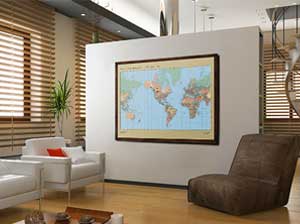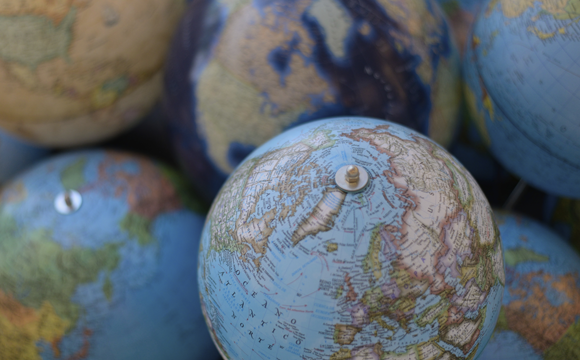Menu


Globes are three-dimensional models of the Earth or other celestial bodies. They have been used for centuries for navigation, education, and decoration.
The first known globe was created by the ancient Greeks in the 3rd century BC. It was made of clay and was about the size of a grapefruit. The Greeks believed that the Earth was a sphere, and their globe was an attempt to represent this shape accurately.
Over the centuries, globes became more sophisticated. In the 15th century, Portuguese cartographer Martin Behaim created the first globe to show the Americas. This globe was a major breakthrough in navigation, as it allowed sailors to plot their courses across the Atlantic Ocean.
In the 17th and 18th centuries, globes became popular educational tools. They were used in schools to teach children about geography and astronomy. Globes were also used by explorers and scientists to study the Earth's surface and its features.
In the 19th century, mass production of globes began. This made them more affordable and accessible to the general public. Globes became popular decorative pieces for homes and offices.
Today, globes are still used for educational purposes. They are also popular decorative items. Globes can be found in museums, schools, homes, and offices all over the world.
The Benefits of Using Globes
There are many benefits to using globes. They can help us to learn about geography, astronomy, and other subjects. Globes can also help us to develop our spatial awareness and our critical thinking skills.
Here are some of the benefits of using globes:
When choosing a globe, it is important to consider the following factors:
Conclusion
Globes are a valuable tool for learning about geography, astronomy, and other subjects. They can also help us to develop our spatial awareness and our critical thinking skills. If you are looking for a way to learn more about the world, consider purchasing a globe.
With our commitment to providing superior products and excellent service & delivery, GeoMart has become a market leader for all things map-related. Visit our website at https://www.geomart.com to explore our collection of globes and other geography products today!